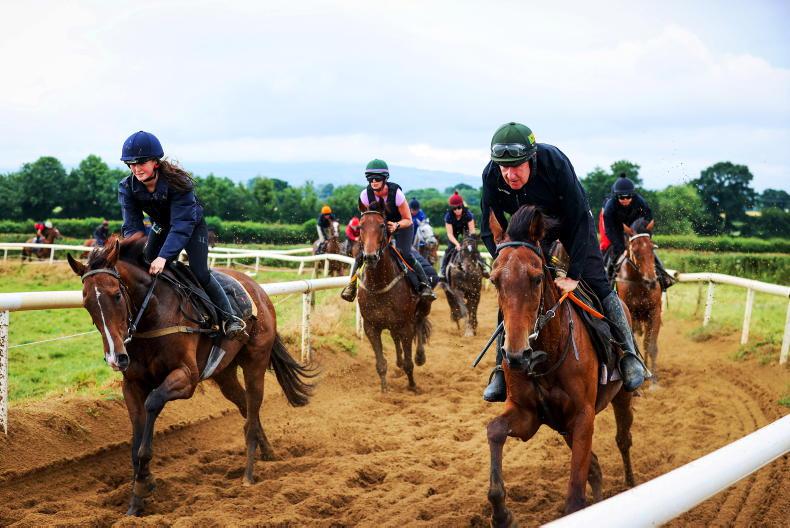WHEN it comes to the safety of everyone riding out at a licensed training establishment, up-to-date body protectors and helmets are mandatory, not optional.
This content is copyright protected!
However, if you would like to share the information in this article, you may use the headline, summary and link below:
Title: NEWS: Safety equipment in focus for stable staff and jockeys
The IHRB have recently updated the helmet and body protector standards for jockeys
https://www.theirishfield.ie/news-safety-equipment-in-focus-for-stable-staff-and-jockeys-854450



 This is a subscriber-only article
This is a subscriber-only article
 It looks like you're browsing in private mode
It looks like you're browsing in private mode




SHARING OPTIONS: